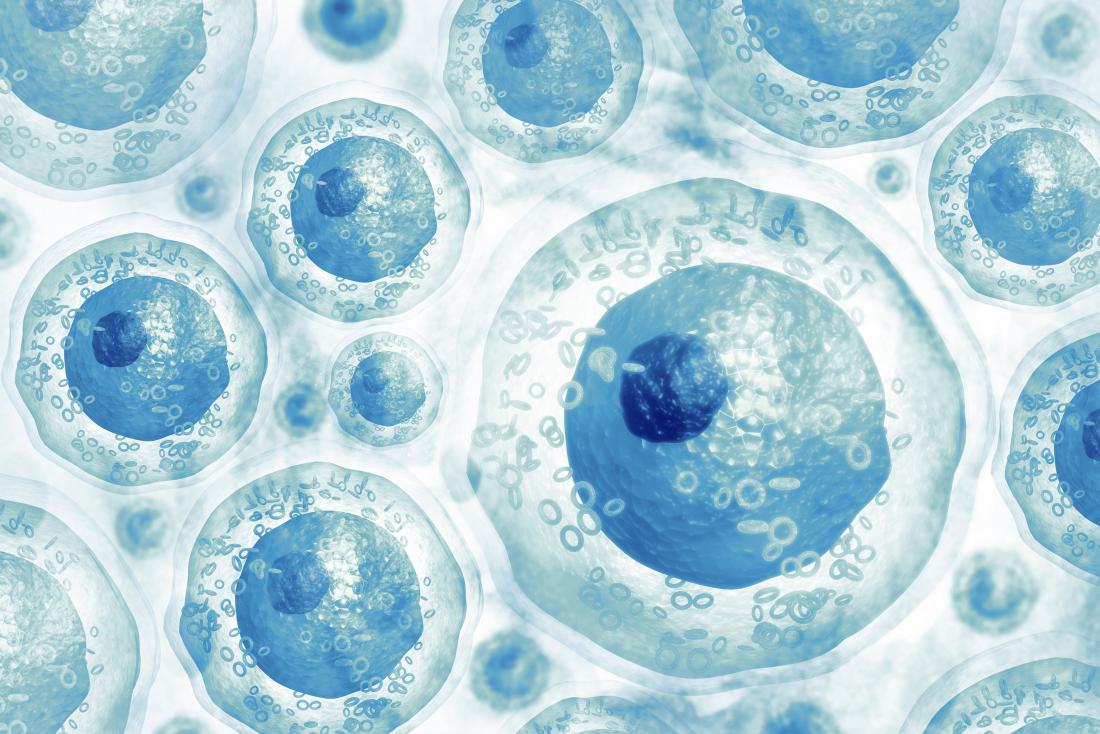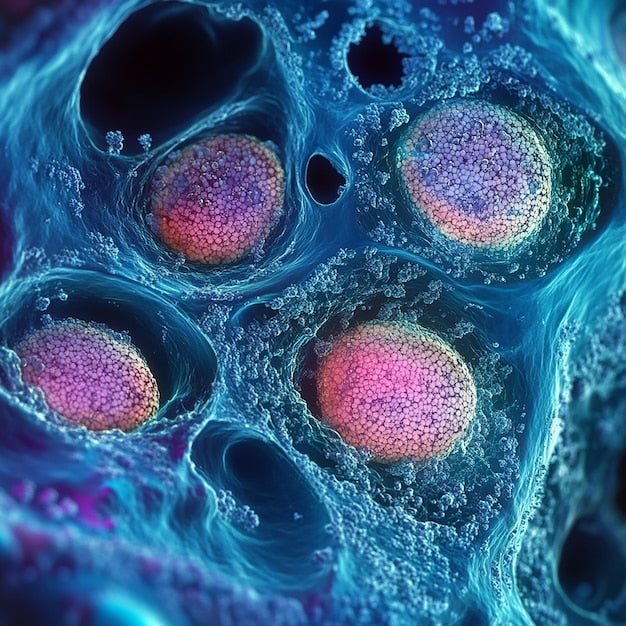In the dynamic landscape of biotechnology, emerging startups are at the forefront of transforming the stem cell sector into a powerhouse of innovation. These nimble companies are leveraging cutting-edge technologies to push boundaries in cell manipulation, manufacturing, and application, fueling a wave of advancements that promise to reshape industries. With a focus on scalable solutions and novel platforms, these ventures are attracting significant investments and forging partnerships that accelerate progress. As the sector evolves, startups are not just participants but drivers, introducing efficiencies and breakthroughs that larger entities often struggle to achieve quickly. This blog explores how these upstarts are injecting fresh energy into stem cell research and development, backed by robust market growth and technological prowess.
Market Momentum: Billions in Play
The stem cell therapy market is experiencing explosive expansion, with projections indicating substantial economic impact. Valued at approximately USD 18.61 billion in 2025, the global market is expected to surge to USD 78.39 billion by 2032, growing at a compound annual growth rate (CAGR) of 22.8%. Another estimate pegs the market at USD 18.13 billion in 2025, forecasted to reach USD 54.15 billion by 2034. This growth is underpinned by increasing investments in research infrastructure and a proliferation of companies, which jumped from 772 in 2016 to over 1,550 by 2024. The stem cells market overall was estimated at USD 15.10 billion in 2024, anticipated to hit USD 28.89 billion by 2030 at a CAGR of 11.41%. Key segments driving this include adult stem cells, which dominate due to their versatility, and induced pluripotent stem cells (iPSCs), projected to grow at a CAGR of 9.5% through 2030. North America holds over 50% of the market share, with the United States accounting for 77.4% of that region, while Asia-Pacific emerges as the fastest-growing area. These figures highlight a fertile ground for startups, where governmental support and private funding—totaling billions—are enabling rapid scaling and commercialization.
Mogrify: Mastering Cellular Conversions
Mogrify, headquartered in the United Kingdom, is pioneering direct cellular conversion technologies that bypass traditional reprogramming hurdles. Their flagship MOGRIFY® platform uses big-data analytics to predict transcriptomic switches, enabling efficient transformation of one mature cell type into another without intermediate pluripotent stages. This innovation streamlines production processes, reducing time and costs associated with cell therapies. Founded with a vision to democratize access to advanced cell conversions, Mogrify has secured USD 37.8 million in funding from investors like Parkwalk Advisors and Ahren Innovation Capital. The company has filed 34 patent applications across multiple jurisdictions, underscoring its commitment to intellectual property protection. Additionally, their epiMOGRIFY® extension optimizes culture conditions using epigenetic data from over 100 human cell types, enhancing scalability for industrial applications. Awards such as the Disruptive Technology honor at the Business Weekly Awards in 2019 reflect Mogrify's growing influence in the sector. By focusing on in vivo and ex vivo reprogramming, Mogrify is setting new standards for efficiency in stem cell engineering.
Cellino Bio: Lasers and AI Redefine Production
Based in the United States, Cellino Bio is revolutionizing stem cell manufacturing through an integration of artificial intelligence, laser editing, and label-free imaging. Their platform automates the reprogramming, expansion, and differentiation of cells in a closed cassette system, capable of handling thousands of samples simultaneously. This technology employs machine learning to identify and eliminate undesired cells with high-speed lasers, ensuring purity and consistency in output. With USD 97.5 million raised from backers including Khosla Ventures and Leaps by Bayer, Cellino is positioned for rapid expansion. The company has filed 10 patent applications in the US and Europe, protecting its AI-driven methodologies. Cellino's approach addresses bottlenecks in personalized stem cell production, making it more accessible for large-scale operations. This startup's fusion of optics and algorithms exemplifies how interdisciplinary innovations are accelerating the commercialization of stem cell technologies.
Aspen Neuroscience: Personalized iPSC Power
Aspen Neuroscience, located in the United States, specializes in autologous therapies derived from induced pluripotent stem cells (iPSCs), using transient expression of pluripotency factors to generate patient-specific cells. Their pipeline includes ANPD001 and ANPD002, focusing on cell replacement and gene-corrected solutions without the risks of allogeneic sources. Backed by USD 76.5 million from investors like OrbiMed and Domain Associates, Aspen has filed four patent applications to safeguard its advancements. By combining AI-driven genomic analysis with iPSC technology, the company enhances precision in cell generation, paving the way for tailored biotechnological applications. Aspen's emphasis on scalability and personalization highlights its role in democratizing advanced stem cell methodologies for broader industry adoption.
LIfT Biosciences: Allogeneic Advances Unleashed
LIfT Biosciences, from the United Kingdom, is innovating with its Neutrophil Only Leukocyte Infusion Therapy (N-LIfT) platform, deriving allogeneic innate cell therapies from exceptional donor stem cells for multi-patient use. This cryopreserved, off-the-shelf approach enables rapid supply and direct cellular engagement without antigen specificity. With USD 2.8 million in funding from KIZOO Technology Capital, LIfT has filed 22 patent applications, four of which are granted. The company's focus on cost-effective, scalable production positions it as a key player in expanding access to advanced cell therapies. Awards like the Medcity Innovate grant in 2017 underscore its innovative edge.
Cutting-Edge Trends: From Bioprinting to Gene Editing
The stem cell sector is buzzing with trends like 3D bioprinting, which uses bioinks of stem cells to create vascularized tissues, and gene targeting via CRISPR-Cas9 for precise modifications. Immunotherapy advancements integrate CAR-T with stem cells for enhanced targeting, while tissue engineering employs scaffolds to mimic natural environments. Startups are also exploring biomaterials like hydroxyapatite for integration and molecular medicine through RNA interference. Over 8,000 clinical trials worldwide as of 2023 reflect this momentum. These trends, driven by startups, are boosting efficiency and opening new business avenues.
Future Outlook: Investment and Innovation Surge
As investments pour in, with allogeneic therapies poised to dominate by 2029, startups like those profiled are set to lead. The sector's trajectory, supported by automated systems and regulatory simplifications, promises sustained growth and transformative impacts. With billions at stake, these emerging players are not just innovating—they're defining the future.
Discover the future of biotechnology with StemNovaNetwork's premium wholesale stem cell products! Inspired by trailblazing startups like Mogrify and Cellino Bio, our innovative lineup includes advanced iPSC kits, cellular conversion tools, and scalable manufacturing solutions. Backed by a booming market projected to reach USD 78.39 billion by 2032, our high-quality, cost-effective offerings empower researchers and labs to drive breakthroughs in cell engineering and bioprinting. Join the innovation surge—elevate your operations with StemNovaNetwork today. Schedule a call now to explore customized wholesale deals and unlock exclusive pricing!
Reference:
1. Dai, X., Shao, Y., Tian, X., Cao, X., Ye, L., Gao, P., … & Wang, X. (2022). Fusion between glioma stem cells and mesenchymal stem cells promotes malignant progression in 3d-bioprinted models. Acs Applied Materials & Interfaces, 14(31), 35344-35356. https://doi.org/10.1021/acsami.2c06658
2. Hoang, D., Pham, P., Bach, T., Ngo, A., Nguyen, Q., Phan, T., … & Liêm, N. (2022). Stem cell-based therapy for human diseases. Signal Transduction and Targeted Therapy, 7(1). https://doi.org/10.1038/s41392-022-01134-4
Ni, A. and Joly, Y. (2024). Regulation of autologous stem cell therapies: report on canadian unsanctioned businesses.. https://doi.org/10.21203/rs.3.rs-5364001/v1




